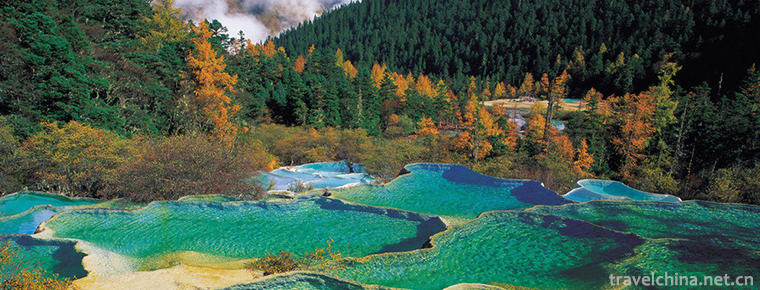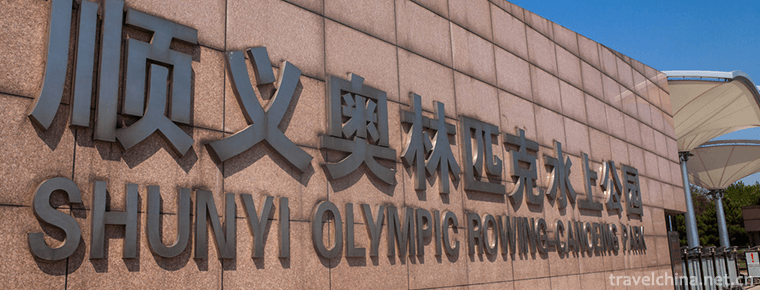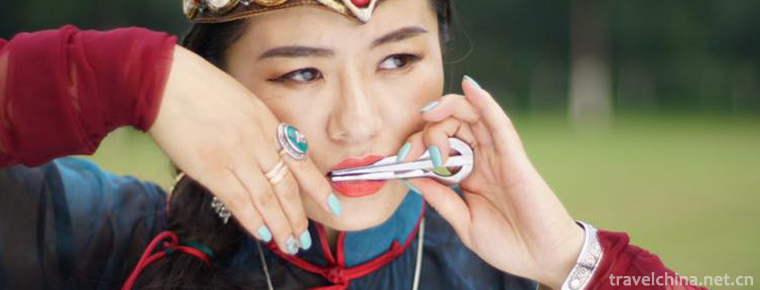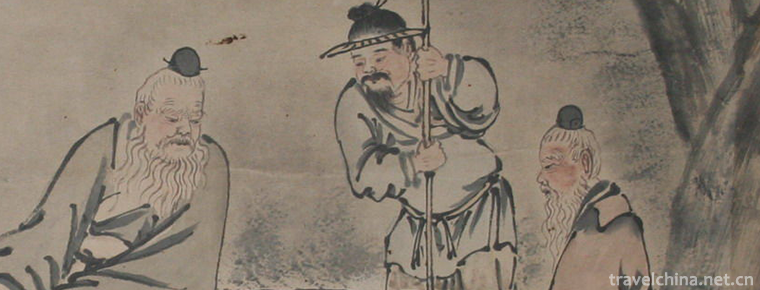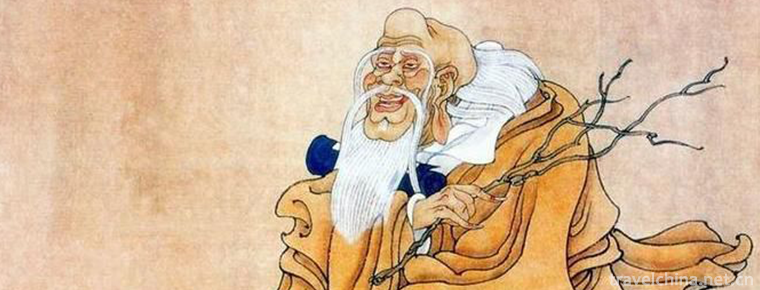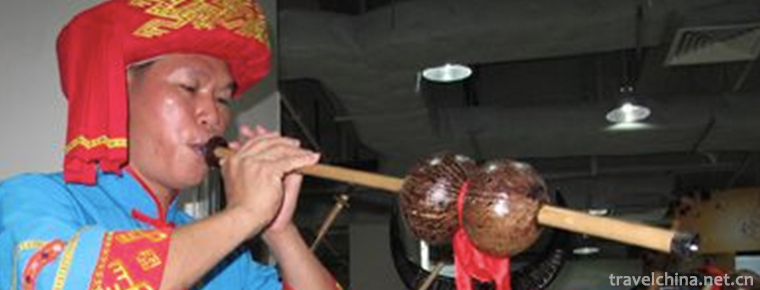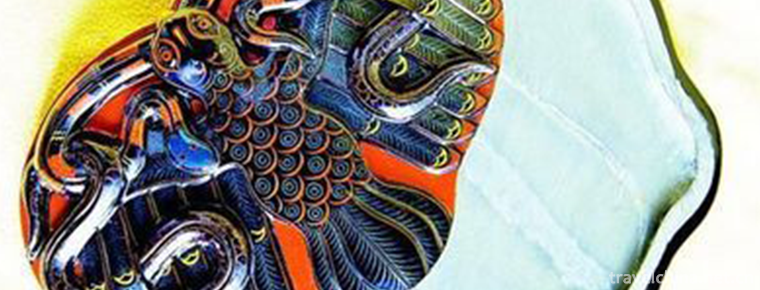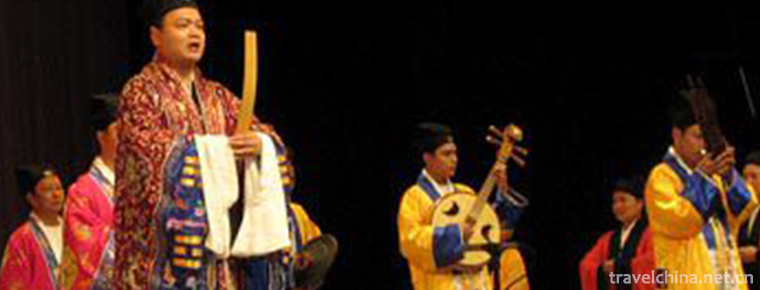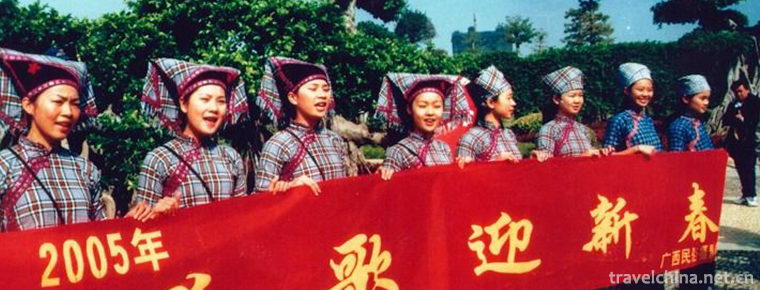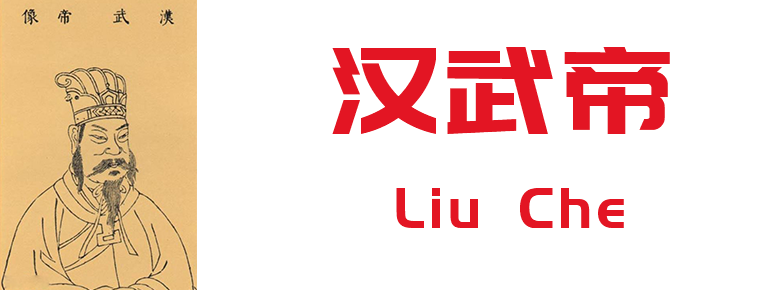Five spring mountain
Wuquan Mountain is located at the northern foot of Gaolan Mountain, south of Lanzhou City. It is a famous Longshang resort with a history of more than 2,000 years. The park features five famous springs and ancient Buddhist buildings with an elevation of more than 1,600 meters and an area of 267,000 square meters. There are more than 10 buildings and more than 1,000 buildings since the Ming and Qing Dynasties, with a construction area of more than 10,000 square meters and a huge scale. The "Diamond Palace" in Chongqing Temple, the earliest existing building, was built in Hongwu in the Ming Dynasty (1372 A.D.) for more than 600 years. The rest of the buildings were renovated in the late Qing Dynasty. `
Characteristics of scenic spots
The peak of Wuquan Mountain is a group of ancient buildings. From the mountain gate along the middle passage, there are butterfly pavilion, Diamond Hall, Daxiong Palace, Wanyuan Pavilion, Wenchang Palace, Tibetan Temple, Qianfo Pavilion and other ancient temples arranged according to the mountain situation, overlapping layer by layer, connected by stone steps pavilions and corridors. The two wings of the mid-peak are East-West Longkou, and the five springs are arranged in an arc along the line of Donglongkou-Wenchang Palace-Xilongkou, hanging on the mountainside. The springs are connected by stone steps trestle bridge and pavilion four corridors.
Wuquanshan can be divided into three routes: West, Middle and East. There are terraces, pavilions, long trestles, rainbow bridges and Qingquan waterfalls on the three routes. However, they have different layout, their own systems and their own unique features.
If we travel from the West Road, the first scenic spot is "Cuiyou New Garden". There are plum blossom caves in the nursery. There are several Wangqing Pools, several Zhangs of corridors, a Lingboxuan, an octagonal pavilion and an underground amusement park in the nursery. The reflection of the red pillars on the eaves in the pool is matched by the blue and quiet mountain scenery, and the scenery is beautiful and charming. Up the West corridor, there is a small pavilion like a crescent moon, named "Half Moon Pavilion", which is worn to Qiqiao. Huiquan, one of the five springs, is close to the Qiqiao. The spring is round, surrounded by green trees, grass, clear water, sweet, suitable for tea cooking, and irrigation benefits, very affordable, so it is called "Huiquan".
Leaving Huiquan and walking up a series of blue stone steps, we arrived at the famous Mani Temple. Here, the ancient locust trees are rich, the temple is quiet, a row of suspended buildings cross-pressure the temple gate, the Xia Tower in the East and the Yanyue Tower in the west. Downstairs, there are paths, gates, heavy courtyards, overlapping gardens, winding pavilions, small and exquisite, with twists and turns in front. Out of the Mani Temple, to follow the high, only to see one side of the cut wall there are trickling waterfalls straight down the wall of a Wang Qingtan, which is Xilongkou. It's close to the Manlu Spring. "Manlu Spring" is the highest one among the five springs. It is located in the west of Wenchang Palace. It is covered by a solitary pavilion. Its source is fine, the rain lasts for a long time, the drought does not stop, and it is like sweet dew to drink. Legend has it that this spring is named after the meaning of "peace in the world, then dew in the sky".
Wenchang Palace is just like the Manlu Spring. On the east side of the palace, there is a wall of flowers. On the lintel of its vase-shaped door, there are three gray inscriptions in the big book, the Zhuyuequan. This spring is quite different from other springs. It is actually more like a well. The spring water gathers in a deep hole like a well, about 1.6 meters deep from the ground. On moonlit nights, the shadow of the moon falls directly into the heart of the spring, such as the elegant name of "the moon" in the lunar disk. It is also the convergence of the three mountain-climbing paths of the west, the middle and the east.
Adjacent to Wenchang Palace is the Kuangguan Tower. Lanzhou has a panoramic view from the upstairs. Downstairs, there is an ancient cave about 10 meters deep. At the bottom of the cave, there is a water spring, covered with rubble and flowers. This is the "Touzi Spring" in the five springs. There are always believers in men and women who go into the cave, grope for men with their hands in the spring water, touch stones and give birth to children. Liu Erwei once wrote couplets at the entrance of the cave, mocking the superstition that "muddleheaded the Buddha's feet and begged for parents; plainly took the stones and said that they were children and grandchildren."
Out of the open view, you can climb the mountains and rocks, and then you can get to Qianfo Pavilion. It is built on the Donglongkou waterfall, magnificent, dangerous terrain, the highest building in Wuquan Mountain. Looking down from the fence, we can see the East corridor flying down, crossing heavy rocks, winding clear currents, ringing pavilions and pavilions, surrounded by half-wall gardens, like the Great Wall defending Lin Quan.
Walking slowly down the Eastern Corridor, Qianfo Pavilion arrives at Meridian and Bagua Platforms. It is near Donglongkou and Mengquan. Looking up at the waterfall falling from Donglongkou, you can enjoy the "Mengquan" which is the crown of the Five Springs. "Meng" is one of the sixty-four hexagrams. The word "Meng" is used to generalize the appearance of Donggu, which implies danger under the mountains. Li Wen, a Ming Dynasty poet, once praised Mengquan with a poem: "My Lord invited me to cook a new tea and draw water from the fifth spring in the mountains."
Looking from the East corridor to the west, there is a four-cornered Bell Pavilion on the hillside beneath the high and steep green ladder. Inside the pavilion hangs a Taihe bell about 3 meters high, 2 meters wide and weighing 10,000 kilograms. It is the second year of Jintaihe (1202 A.D.) and is monitored and cast by the picks to be inspected. The bell is magnificent in shape, loud in voice and clear in inscription. Originally hanging in the Bell and Drum Tower of Puzhao Temple (the old site of Lanyuan), it is one of the earliest stone relics in Lanzhou. After liberation, Wuquanshan was relocated and is now a key protected cultural relic at the provincial level.
From the Bell Pavilion down, through Wanyuan Pavilion, Daxiong Palace, to the "Diamond Hall" (that is, the middle hall of Chongqing Temple in the Ming Dynasty). The hall has Xieshan roof, dome eaves, carved beams and painted pillars, exquisite structure and solemn momentum. The four original diamond sculptures in the temple are now extinct. Only a lotus pedestal made by Hongwu, the Taizu of the Ming Dynasty (1370 A.D.) in the three years of Hongwu, is still in existence. The statue is 5.3 metres high, 2.7 metres wide and weighs more than 20,000 kilograms. It stands on the lotus iron pedestal with a rich face, a slight smile, clear pleats, a bowl in the left hand and a light lift in the right hand. It looks like a salute to Chinese and foreign tourists.
Wuquan Mountain is located in the south of Lanzhou City and at the north foot of Gaolan Mountain. Layers of pavilions, along the mountains, streams such as bands, green trees, a good school of quiet mountain scenery. Wuquan Mountain is named for its five-eyed spring. According to legend, when Emperor Wudi was ill, Huo went to the Xiongnu to march to the west, and once stationed troops on this mountain, the soldiers were thirsty and Huo went to the disease to "whip out the spring". These five eyesprings still exist today. One is the Manlu Spring, in the west of Wenchang Palace, the solitary Pavilion is sheltered, the clear spring is trickling, the long rain is not obscene, the heavy drought does not work, drinking like manlu. The second is Yuequan, east of Wenchang Palace. The spring is about five feet wide and deep. It is like a well. On the night of the Mid-Autumn Festival, the moon rises in Dongshan. It is the earliest one here, and the shadow of the moon falls into the heart of the spring, such as in the meniscus. Thirdly, Touzi Spring is open to view downstairs in Touzi Cave. In the past, good men and believers groped in the spring with their hands, talking about the boy who touched the stone and the girl who touched the tile. Liu Erxin, a scholar in the late Qing Dynasty, once wrote a couplet at the mouth of the cave, mocking the superstition as "muddleheaded, bringing Buddha's feet in for parents; plainly speaking, taking the stones away for grandchildren." Fourth, Mengquan, under Donglongkou. Here the cliff is overhead, there are waterfalls falling, such as hanging practice, such as Yangsi, falling into the rocks, splashing numerous pearls, flowing to the grass slope, accumulated into a mirror. "Meng" is the hexagram name, implying that there is danger under the Donggu Mountain. Fifth, Huiquan, the southern end of Qiqiao under Xilongkou, is named for its round spring, clear sand, delicious taste, suitable for cooking, irrigation and benefit the people.
Wuquanshan is a famous scenic spot in Lanzhou. In Tang and Song Dynasties, temples were built here, and then destroyed by fire and arms. There are more than 10,000 square meters of buildings, including Chongqing Temple, Mani Temple, Lifo Temple, Dizang Temple and other Ming and Qing Dynasty buildings. Ancient buildings are mostly concentrated in the peak. The entrance to the mountain is straight up along the middle passage, the palaces are stacked and the pavilions are scattered, which is very spectacular. On both sides of the mid-peak are East-West Longkou, and in the valley are clear springs, green trees and pavilions surrounded by Langxie pavilions. Donglongkou utilizes the water of mountain springs to build a new lotus pond with blue waves and a nine-track bridge on the rolling pond, with the glazed wall of Erlong Opera beads standing beside the pond. More than 240 levels, 97 Ying corridor circled upward, connecting Donglongkou and Zhongfeng. Xilongkou, in accordance with the situation in the mountains, built a high cabinet Hengxiu, Feiquan hanging green "small Penglai" and green water, pavilions, green trees into interesting "Cuishan new nursery". The zoo on the west side of Xilongkou has deer park, panda pond, lion and tiger house, monkey hill, poultry park, panda house, etc. Wuquanshan's "Copper Connection Leads Buddha" and "Taihe Tiezhong" are the "treasures of town and mountain" of the park, and are now state-level protected cultural relics. The "Copper Link Invites Buddha" was originally laid in the Link Invitation Temple of Dongguan, Lanzhou, but now it is moved to the Diamond Hall of Wuquanshan. This is a bronze Buddha cast in the year of Hongwu in Ming Dynasty (1370 AD). It is six feet tall and eight feet in circumference. It weighs about ten thousand jin. Beautiful shape, clear pleats, graceful and graceful facial expression, quiet and solemn, with a smile, left hand bowl, right hand stretching, a compassion for heaven, to attract all living beings. This is a very precious cultural relic.
"Taihe Iron Bell" was originally a Puzhao monastery, which was later placed in the Bell Hall of Wuquanshan. This iron bell was cast in the second year of Zhang Zongtaihe in the Jin Dynasty (1202 AD). It is nine feet high, six feet in diameter and weighs 10,000 jin. The shape is grand and solemn, and the voice is thick and loud.
Lanzhou Zoo is also here. There are deer park, bear pool, lion and tiger house, monkey hill, poultry park, panda hall, elephant hall and so on. There are quite a number of treasured and protected animals.
Scenic spot traffic
Buses No. 8, 18, 117, 124, 149, 12, 2, 114, 120, 15, 17, 146, 76, 139 go straight to the mountain gate.
Bus No. 31, 33, 34, 106, 108, 141, 140 leads to Wuquanshan Station, which is hundreds of meters south.











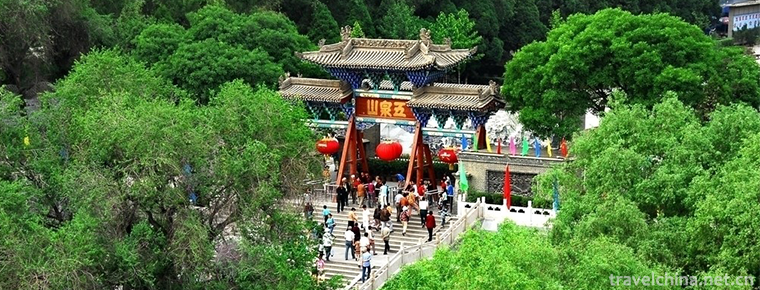
-
Huanglong Scenic Area
Huanglong Scenic Spot, World Natural Heritage, World Human and Biosphere Reserve, Green Globe 21 Certificate, National AAAAA Tourist Spot, National Key Scenic Spot..
Views: 161 Time 2018-12-12 -
Olympic Rowing Canoeing Park
Beijing Olympic Water Park, also known as Shunyi Water Park, is located in Chaobai River, Mapo Township, Shunyi District, Beijing. Its building area is 31850 square meters, and the number of seats is .
Views: 148 Time 2019-01-02 -
Buyi Folk Songs
Bouyei folk songs have special features, such as ancient songs, narrative songs, love songs, wine songs and labor songs; solo, duet, chorus and duet in form; tunes are divided into major and minor. Ev.
Views: 143 Time 2019-04-04 -
Chord music
The mouth string is also known as the sounding strip, the strip spring and the mouth spring. It is a small musical instrument which is deeply loved by the minority compatriots. The content of playing .
Views: 212 Time 2019-05-10 -
Legend of Ronke Mountain
The legend of Mount Ronke is a local folklore spread in Quzhou, Zhejiang Province. Weiqi originated in China, and it is said that the root of Weiqi is Mount Ronke..
Views: 147 Time 2019-05-11 -
Laozi legend
Laozi is the incarnation of Laojun. The fifteenth day of February in the lunar calendar is a major Daoist festival. It is the "Christmas" of the emperor. Lao Tzu, the word Boyang.
Views: 204 Time 2019-05-11 -
Bamboo and Wood Instrument Music of Li Nationality
The traditional instrumental music of Li Nationality is based on abundant bamboo and wood resources, including solo music, ensemble music, song and dance music, sacrificial music and eight kinds of mu.
Views: 137 Time 2019-05-13 -
Lacquerware Decoration Techniques
Chu-style lacquerware decoration is a traditional folk lacquerware decoration technique. By the Spring and Autumn Period and the Warring States Period, the production technology .
Views: 93 Time 2019-06-10 -
Taoist Music of Xuanmiaoguan in Suzhou
The Taoist music of Suzhou, represented by the Taoist music of Xuanmiaoguan, belongs to the Zhengyi Taoist music, and is an integral art with the performing process of Zhai Yin Fa. It sings different .
Views: 126 Time 2019-06-17 -
Liao Song of the Zhuang Nationality
Liao Ge of Zhuang Nationality, folk literature of Pingguo County, Guangxi Zhuang Autonomous Region, is one of the national intangible cultural heritage..
Views: 140 Time 2019-08-16 -
Liu Che
Liu Che (July 14th 156 BC - March 29th 87 BC) Martial Emperor , Western Han Dynasty Seventh emperors (including Shao Di before and after). Politician And a litterateur..
Views: 135 Time 2019-09-07 -
Panzhihua in the Sui Dynasty to Yuan Dynasty
At the beginning of Sui Dynasty, Yanzhou was still set up, which was renamed Xining Prefecture and Guazhou Prefecture, and became Yueyi county again. The five counties of Yanzhou established by the Northern Zhou Dynasty were abolished, and the other five counties were subordinate .
Views: 137 Time 2020-12-14
